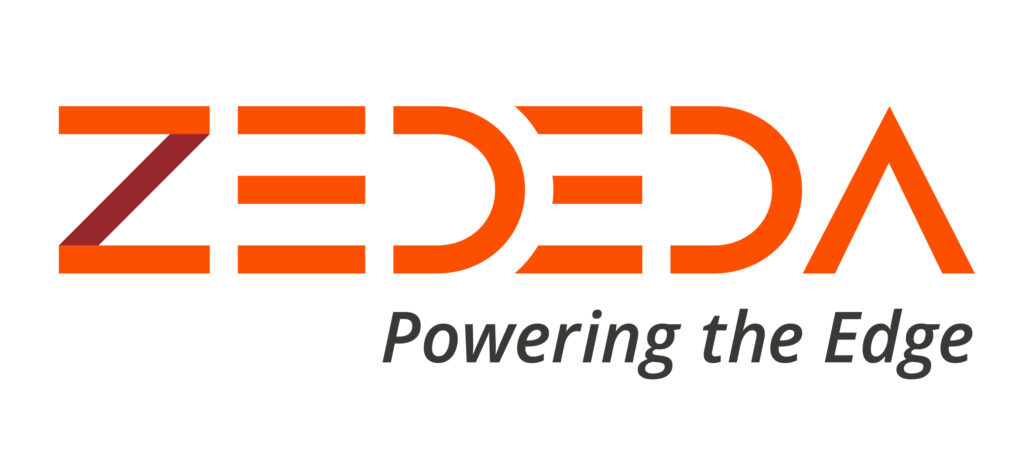
“Person Holding A Green Plant” by Akil Mazumder
At the dawn of the previous decade, industry experts began predicting the astronomical growth of the Internet of Things (IoT) — a commonly-cited number was 50 billion devices by 2020. Now that the new year has arrived, however, it’s clear that these estimates were a bit ambitious. While more recent predictions for IoT device numbers vary (Gartner estimates 5.8 billion by the end of 2020; IDC predicts more than 30 billion by 2021), we can all agree that the IoT didn’t arrive in full force as quickly as we once thought it might. Why not?
That’s a fair question. As the IoT conversation heated up over the past decade, several challenges emerged that slowed deployments. It’s worth noting that most of these challenges stemmed from difficulties with adopting and adapting to IoT paradigms, rather than the underlying technology itself.
Challenges
For instance, deploying IoT in a business setting creates a lot of complexity and risk, and many organizations initially struggled to sort through these obstacles. IoT combines elements of both Information Technology (IT) and Operation Technology (OT) domain expertise, and it can take time to determine who will be responsible for which aspects of the deployment. Additionally, use cases for IoT can vary as much as individual businesses do, which means the best deployment configuration, in terms of ROI, might not be immediately apparent to all stakeholders. Given the security risks and financial cost of implementing IoT deployments, this uncertainty can lead to delays in a full rollout. Against this backdrop, there is also an almost paralyzing amount of solutions and vendors to choose from in the IoT landscape, which can further slow the decision-making and deployment process for businesses.
As more people began to sort through these challenges and roll out IoT deployments, a new struggle emerged in the form of data flow — specifically, latency and bandwidth constraints. In general, the cloud was designed for users to quickly download and read data (for instance, streaming video content), rather than write or upload it. It’s like having an interstate system where southbound traffic has six lanes, but the northbound side only has two. This is fine when the majority of people only need to drive south, but if traffic to the north begins to increase, you’re going to have bottleneck issues. As the number of IoT devices trying to send data back to the cloud for processing and analysis increased, people began to encounter bandwidth and latency constrictions that limited the real-time effectiveness of their deployments.
While network speeds have increased over the last several years — and are poised to increase further with the rollout of 5G — this still doesn’t solve the bandwidth and latency issues with IoT. There are two main reasons for this: increased cost of operation and unreliable uptime. The problem with 5G and similar network upgrades is that, while they do offer additional bandwidth and reduced latency, that speed comes at a price. To return to our interstate analogy, it’s like adding more traffic lanes but gating them with a tollbooth. While you do have the ability to travel faster and reduce congestion, it’s going to cost you. From the perspective of uptime, the challenge is that even very fast networks still have some small delay, and there are certain use cases (like an autonomous vehicle braking for a pedestrian) that can’t tolerate any delay in compute time — or worse, a complete loss of connection.
Another challenge that the IoT has had to grapple with in the last ten years is security. IoT devices can be weaponized in DDoS attacks or exploited as weak spots used to gain access in network breaches. We’ve learned that, without proper precautions, many of the inexpensive gateways designed for IoT can create security vulnerabilities. Most of these vulnerabilities are not inherent to IoT technology but are instead due to poor security hygiene, such as not changing default passwords and leaving ports unsecured. Nevertheless, it’s taken time to figure out best practices for IoT security, and work in this area is ongoing, contributing to the slower-than-expected rise of IoT.
In a similar vein, compliance and data sovereignty issues have impacted the adoption rate for IoT, as companies sort out how to best comply with regulations. A prominent example is the General Data Protection Regulation (GDPR), which went into effect in the European Union in 2016. Throughout the past decade, companies have had to establish policies to govern any data collected by sensors — especially if that data needs to cross geographic boundaries to the cloud in order to be processed. Collectively, the industry had to think carefully about the personally identifiable information (PII) that they collected and passed to the cloud, hoping to find a use for it in the future.
Solutions
Over the past several years, a solution has emerged to address some of these challenges and enable the full rise of IoT: edge computing. By shifting the processing and analysis of data away from the cloud or data centers and onto computing nodes proximal to sensors, we solve the latency, bandwidth, and uptime problems. In terms of data sovereignty, running applications at the edge that scrub PII from data before it’s ever passed on to the cloud helps ensure organizations aren’t storing any information they don’t need. This, in turn, can assist with regulatory compliance.
From a security perspective, the industry continues to align on best practices to minimize vulnerabilities in IoT deployments, which will further accelerate its adoption. For instance, devices are being protected by locking down access to ports and using the hardware root of trust to verify downloads and authenticate device identity. Data is also being encrypted both at rest and in transit, minimizing the potential attack surface. IT and OT administrators are increasingly viewing IoT deployments in the same vein as PCs, servers, and other enterprise hardware: rather than “set it and forget it,” they’re investing in OS patches and other updates needed to keep protection current against the latest threats.
Looking ahead
Realizing the full potential of IoT has been an evolutionary process, and while we’ve made great strides, we haven’t necessarily “crossed the finish line” — there is still work to be done. That said, the future for IoT is looking brighter than ever, with businesses poised to realize immense value from harnessing the power of their data to generate actionable insights. This will be enabled in large part by edge computing, which solves many of the challenges that delayed the full arrival of IoT. While we might not have reached 50 billion devices at this point in 2020, it’s clear that a huge addressable market exists for this technology and that the number of deployments will continue to rapidly increase in the years to come.




